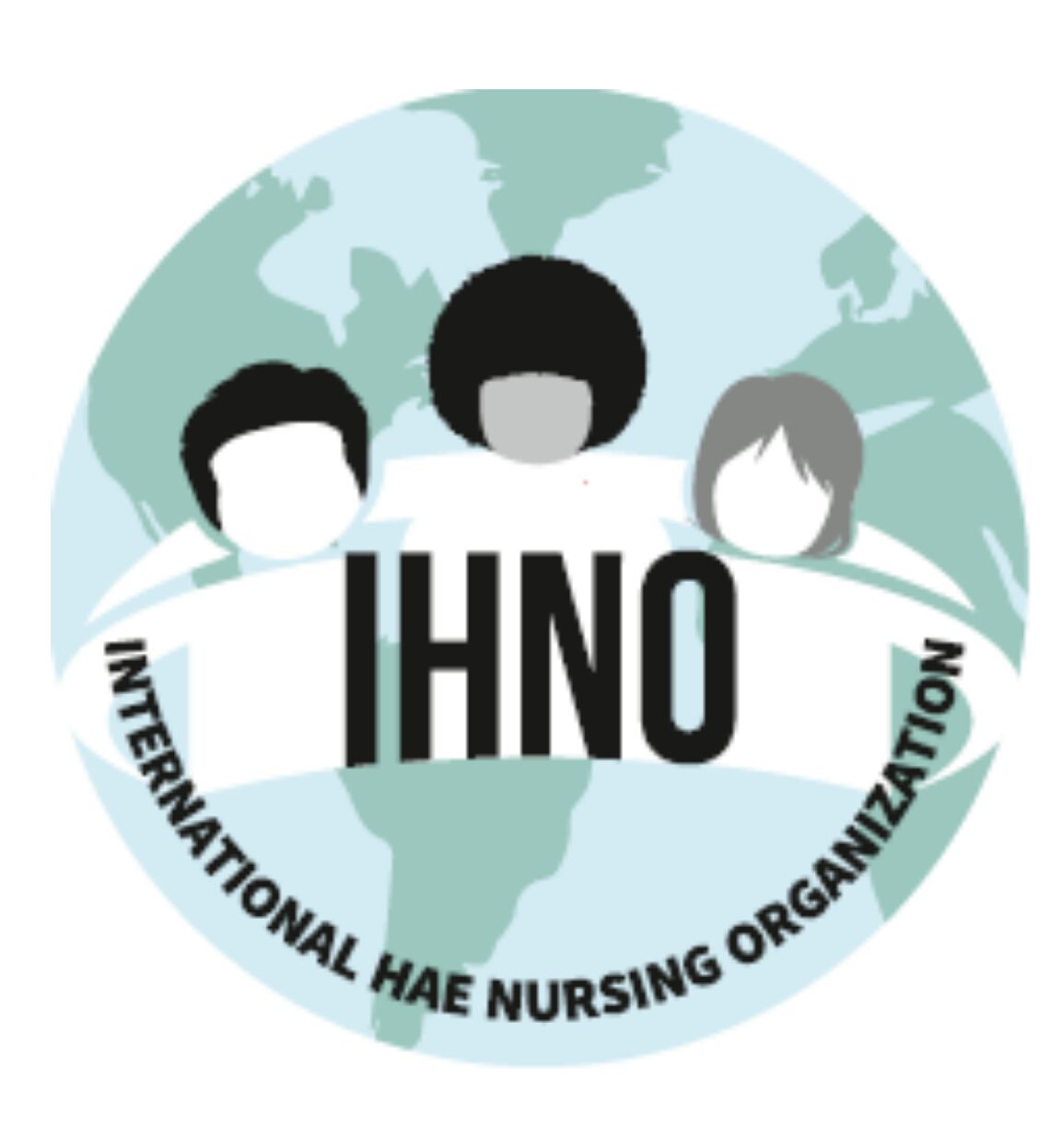
Introduction
Patients suffering from hereditary angioedema (HAE), a rare, autosomal dominant disease, show recurrent episodes of swelling of the skin and submucosal tissue, which might be very painful and in case of laryngeal attacks even life-threatening. Treatment option for HAE are the i.v. substitution of the missing protein, e.g.C1 (C1-INH), bradykinin B2 receptor antagonist and kallikrein inhibitor.
As attacks do not always come slowly, an early treatment is important and may be life-saving. Several European and American consensus documents and recently even a global guideline1,2 recommend medically controlled home-therapy / self-administration of the prescribed medicine ( C1-INH- icatibant) in edematous attacks, which is recognized as preferred treatment option, as it reduces pain, morbidity, absence from school/work, costs, potentially even mortality, and it improves quality of life3,4.
Essential for the success of self-treatment is an optimal training of the patients or family members. The situation is similar to the treatment of hemophilia, where home-based self-administration of the missing coagulation factor is established since more than 40 years. In most hemophilia treatment centers an experienced nurse is the main person responsible for training and guidance of the patients. Consensus documents and guidelines describe the qualification of these nurses and national or European curricula have been worked out to standardize their education. A similar approach is necessary to define qualification and education of the nurses involved in the care of HAE patients. The International Hereditary Angioedema (HAE) Nurses Organisation (IHNO) was established in May 2013, during the 8th C1-Inhibitor Deficiency Workshop in Budapest, Hungary. The main purpose of this initiative is to increase the impact of expert nurses on patient management and implementation of new treatment protocols.
To find out the actual status of the nurses’ qualifications, education and responsibilities we would like to carry out a survey among nurses caring for HAE patients. An appropriate questionnaire was developed (see next pages) and we would like to ask interested HAE nurses to take part in this survey.
References:
- Craig T, Aygören-Pürsün E, Bork K, Bowen T, Boysen H, Farkas H, Grumach A, Katelaris CH, Lockey R, Longhurst H, Lumry W, Magerl M, Martinez-Saguer I, Ritchie B, Nast A, Pawankar R, Zuraw B, Maurer M, WAO Guideline for the Management of Hereditary Angioedema. World Allergy Organ
- Bowen T, Cicardi M,Farkas H, Bork K, Longhurst H, Zuraw B, et al.,2010 International consensus algorithm for the diagnosis, therapy and management of hereditary angioedema. Allergy Asthma Clin Immunol. 2010 Jul 28; 6 (1) :24
- Longhurst HJ, Farkas H, Craig T, Aygören-Pürsün E, Bethune C, Bjorkander J, Bork K, Bouillet L, Boysen H, Bygum A, Caballero T, Cicardi M, Dempster J, Gompels M, Gooi J, Grigoriadou S, Huffer U, Kreuz W, Levi M, Long J, Martinez-Saguer I, Raguet M, Reshef A, Bowen T, Zuraw B, HAE international home therapy consensus decument. Allergy Astham Clin Immunol. 2010 Jul 28; 6 (1) :22
- Cicardi M, Craig T, Martinez-Saguer I, Hèbert J, Longhurst HJ, Review of Recent Guidelines and Consensus Statements on Hereditary Angioedema Therapy with Focus on Self-Administration.Int Arch Allergy Immunol 2013; 161(suppl 1):3-9
